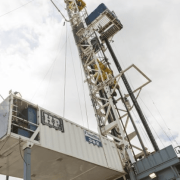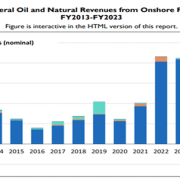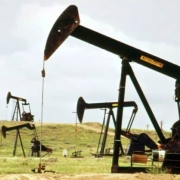America’s oil boom concentrated in ten Permian counties
If you want to know where America’s oil boom is happening, no need to look at the whole map—because it’s limited to just ten counties in the Permian Basin. Between 2020 and 2024, these small dots in Texas and New Mexico delivered 93% of all U.S. crude oil growth, according to the latest EIA and Enverus data.
It’s almost like the rest of the US doesn’t even matter when it comes to oil production growth.
The U.S. added 1.9 million barrels per day (bpd) of new crude and condensate output over that stretch. But nearly all of it came from Lea and Eddy counties in New Mexico, plus Martin and Midland on the Texas side. Lea and Eddy alone punched out almost 1 million bpd of growth—more than half the national total. That puts two dusty counties in New Mexico on par with the production increases seen from OPEC heavyweights like Iraq or the UAE in their strongest years.
Click here to read the full article
Source: Oil Price
—
If you have any questions or thoughts about the topic, feel free to contact us here or leave a comment below.











